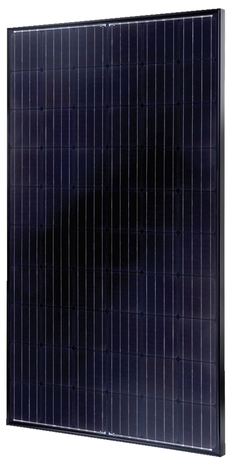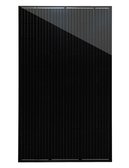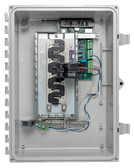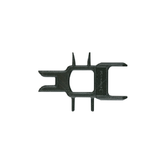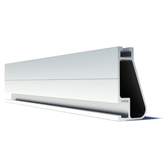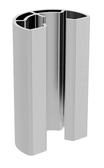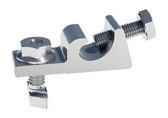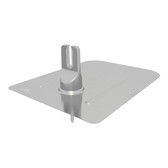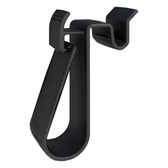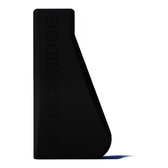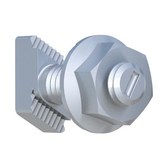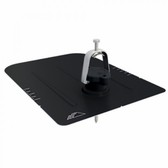 Loading... Please wait...
Loading... Please wait...- Home
- Solaris Blog
- Mission Solar Panels: The Complete Review
Products
- Heating and Cooling
- Outdoor Living & Patio
- Solar Kits
- Solar Products
- Solar Panels
- Solar Panel Kits
- Solar Generators
- Inverters
- Inverter Monitoring
- Inverter Accessories
- Balance of Systems
- Racking and Mounting
- Rails
- Flashings
- Splice Kits
- Stopper Sleeves
- Conduit Mounts
- Attachments
- Brace Assembly
- Base Mount
- Brackets
- Bolts
- Clamps
- Caps
- L-Feet
- Washers
- Skirt
- Lugs
- Tilt Legs
- Hooks
- Stand-Offs
- Ballast Bay
- Top of Pole Mount
- Side of Pole Mount
- Flush Mount Kits
- Ground Mount Kits
- Roof Mount Kits
- Hardware Packages
- Wire Management
- Batteries
- Battery Accessories
- Charge Controllers
- Tools and Supplies
- View All Products
Mission Solar Panels: The Complete Review
Posted by Brandi Casey on 13th Jun 2019

Mission Solar Energy is a solar panel manufacturer based in San Antonio, Texas, USA. They design, engineer and assemble their high-quality solar panels, and have quickly risen in popularity amongst installers and system owners looking to purchase American made. They produce solar panels that are compliant with the Buy American Act (BAA) as well as the Recovery and Reinvestment Act.
Their company has been impressive in the solar panel marketplace by sourcing and assembling highly efficient, aesthetically pleasing, and affordable cost modules. Their quality standards meet and exceed IEC standards by three times, and they offer industry standard warranties for all of their modules. This review will touch on and cover everything you need to know about Mission Solar panels, and if they are right for your solar energy investment.
In this complete review of Mission Solar panels, will be looking at the following:
- Specifications, Pricing, and Options
- Average Cost per Watt Comparison
- Manufacturer Quality Standards and Testing
- Module and Cell Efficiency
- Mission Solar's Warranty
- Calculating Potential ROI
- Mission Solar 6.1kW Solar Power System
- And Solaris Recommendations
Specifications, Pricing, and Options
Mission Solar offers a wide range of high-watt modules that allow installers to utilize less modules to achieve project energy goals. This means a smaller bill of materials and greater savings on your initial investment. This makes them a great option for both residential and commercial installations working on a budget. The modules can be installed on a ground, roof or pole top racking system. They are compatible with both microinverters and string inverters, and can take advantage of efficiency boosting when using microinverters or optimizers.
Options Include:
- Range of 300 to 375 Watt Panels
- Choice of 60 or 72 Cell Modules
- Multiple Aesthetics: Black on Black, Black on White and Silver on White Designs
| Product # |
MSE300SQ5T |
MSE310SQ8T | MSE360SQ6S |
MSE365SQ9S |
MSE375SQ9S |
 |
 |
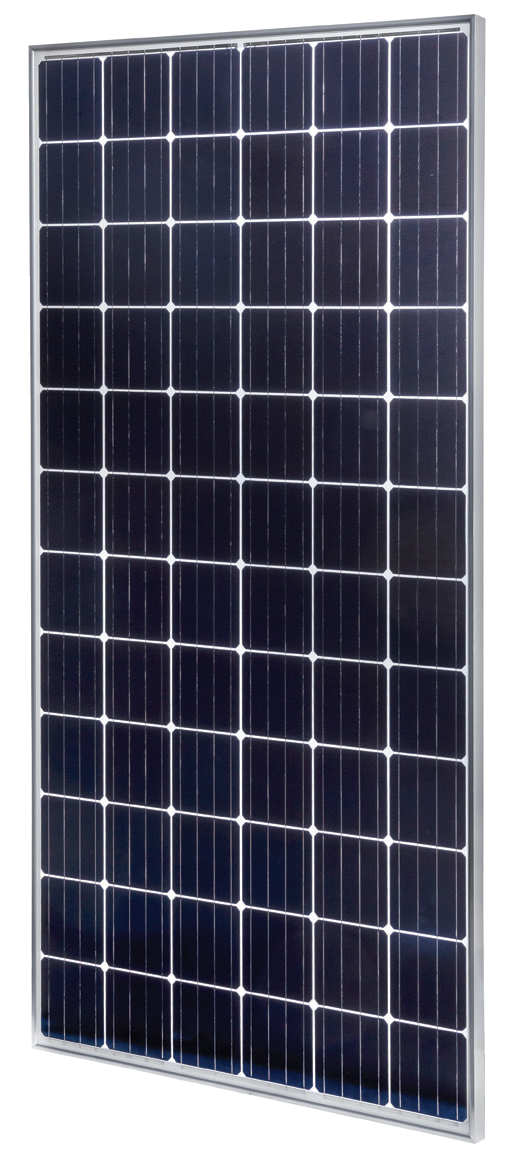
|
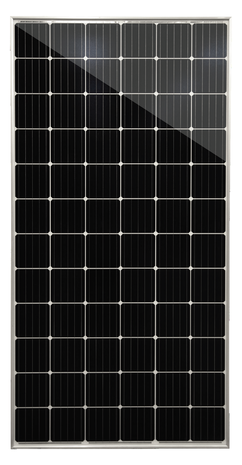
|
 |
|
| Watts | 300 | 310 | 360 | 365 | 375 |
| P-Type | Mono | Mono | Mono | Mono | Mono |
| Price/Watt* | $0.69 | $0.70 | $0.69 | $0.69 | $0.69 |
| Starting Price* | $208 | $218 | $250 | $253 | $260 |
| Efficiency | 18.05% | 18.65% | 18.36% | 18.39% | 18.89% |
| Dimensions |
1664 x 999 x 40mm (65.51 x 39.33 x 1.57 in.) |
1664 x 999 x 40mm (65.51 x 39.33 x 1.57 in.) |
1987 x 999 x 40mm (78.23 x 39.33 x 1.57 in.) |
1987 x 999 x 40mm (78.23 x 39.33 x 1.57 in.) |
1987 x 999 x 40mm (78.23 x 39.33 x 1.57 in.) |
| Weight | 18.2 kg (40.1 lb) | 18.2 kg (40.1 lb) | 21.6 kg (47.6 lb) | 21.6 kg (47.6 lb) | 21.6 kg (47.6 lb) |
| Cells | 60 | 60 | 72 | 72 | 72 |
| Isc | 9.61 A | 9.76 A | 9.79 A | 7.70 A | 9.83 A |
| Voc | 40.18 V | 40.12 V | 48.08 V | 48.05 V | 48.16 |
| Imp | 9.17 A | 9.35 A | 9.28 A | 9.24 A | 9.43 A |
| Vmp | 32.80 V | 33.17 V | 39.28 V | 39.52 V | 39.76 V |
| Loads | 2400Pa/5400Pa | 5631 Pa (117 psf) | 5631 Pa (117 psf) | 5631 Pa (117 psf) | 5631 Pa (117 psf) |
| Temp. Range | -40°C to +90°C | -40°C to +85°C | -40°C to +90°C | -40°C to +90°C | -40°C to +85°C |
| Docs |
Specs Warranty |
Specs Warranty |
Specs Warranty |
Specs Warranty |
Specs Warranty |
*Prices reflective of current pricing as of the posting of this article. Click on panel image to check current pricing.
Average Cost per Watt
Mission Solar's modules come in at a mid-range price point, averaging $0.68/watt, which comes above low cost module manufacturers such as Hanwha Q Cells ($0.66/watt), but well below premium modules such as those produced by LG Solar ($1.03/watt).
| Manufacturer | Average Cost | Average Efficiency | Warranty |
| Mission Solar | $0.68/watt | 18.46% | 10-yr Product | 25-yr Performance |
| Canadian Solar | $0.70/watt | 18.80% | 10-yr Product | 25-yr Performance |
| Hanwha Q Cells | $0.66/watt | 18.10% | 12-yr Product | 25-yr Performance |
| LG Solar | $1.03/watt | 19.90% | 25-yr Product | 25-yr Performance |
*Prices averages reflective of current pricing as of the posting of this article.
Mission Solar modules are available with monocrystalline and polycrystalline cells, and have the option of 60 and 72 cell configurations. Mission Solar offers impressive aesthetics with their black on black designs, and also offer black on white and silver on white options. Their solar panels are recommended for both residential and commercial systems, and can be installed on roof or ground mount systems.
Manufacturer Quality Standards
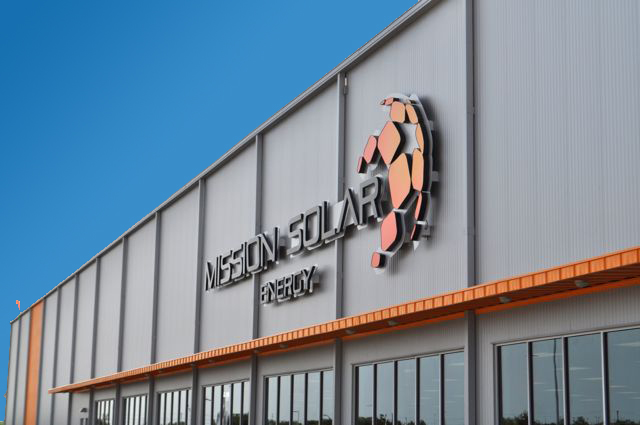
*Mission Solar headquarters, San Antonio, Texas.
All Mission Solar modules are rigorously tested using both in-house and third party testing facilities. Their module components are inspected and tested from the beginning of the manufacturing process to real-world testing conditions to ensure top quality. Those installation areas who have environmental concerns such as high-wind or heavy snow load should look into the impressive ratings maintained by the modules. Check out Mission Solar's production process below.
- Testing Process
For Mission Solar, inspection starts at the cells themselves, they complete a raw material inspection to check for defects prior to the beginning the manufacturing process. The cells are then interconnected using a soldering process, after this another quality inspection follows. The first Ethyl Vinyl Acetate (EVA) film is layered onto the back of the interconnected cells to keep away debris and ensure that the module is water tight. The strings are then interconnected and the busing ribbon is connected. A third inspection is completed here to ensure accuracy. After passing this inspection, the strings are then loaded on EVA and glass.
In order to prevent short circuiting, the taping and insulation patch is inserted to hold the strings in place. A second EVA film is added to add stability to the modules under elevated temperatures and high UV exposure. The panel is then loaded onto the backsheet and the module is laminated to form and pressed with heat into a thin layer. This process ensures that there is no water vapor buildup around the solar cells once in the field. The panel then moves onto the framing process and the junction box, barcode, and labels are attached to the back of the modules. The panels undergo final testing that includes CTM loss, Isc, Voc, FF and Power prior to module sign-off and shipment.
This process ensures that Mission Solar customer's receive fully functional, and complete modules ready to be installed and start generating clean energy.
- Real-World Testing Standards
Mission Solar Energy utilizes in-house research and development in order to drive innovation and ensure their high-quality standards are being met. Third party testing includes: UV Exposure, Ammonia, Sald Mist & Reflectivity. Their ratings exceed the International Electrotechnical Commission’s (IEC) industry standards by three times, which has been verified by third-party testing laboratories. This means that the modules will retain their high output under real world conditions such as rain, hail, snow and so on. Some of their internal tests include:
- Hail Test – Measures the amount of force a module can take when exposed to extreme weather conditions. Mission Solar modules are certified to withstand hail up to one inch in diameter at 52 MPH.
- Wet Current Leakage – This test measures how well the modules perform when submerged in water up to 1000V.
- Potential Induced Degradation (PID) – PID measures the solar panels power output over time, PID includes testing UV Exposure, Thermal Cycling (TC) and Damp Heat (DH).
- Dynamic Mechanical Load – This test measures how well modules perform after being subject to heavy loads, such as those that the panels may experience under snow and wind.
Efficiency
Solar module efficiency matters since it indicates how much sunlight will be collected and converted into DC power as a more readily available source of electricity. Modules with a higher efficiency will generate more energy than one of the same wattage with less cell efficiency.
Mission Solar panels efficiency for modules we carry range from ~18.05% to 18.89%+. These levels fall into the standard to premium range for solar panels compared to other tier-one manufacturers.
Their solar modules utilize highly efficient Passivated Emitter Rear Contact (PERC) cell technology. PERC works by utilizing a layer at the bottom of the cell that bounces the sunlight back into the module. This dual capture process enables the solar cells to capture more of the suns rays, generate more electricity, and ultimately, make for a highly efficient module.
Warranty
All Mission Solar panels come with 10 year product and 25 year performance warranties (insured by PowerGuard). The 10 year product warranty is the most standard for solar panel manufacturers, (however, some brands do offer a 12 year product warranty, and even a 25 year product warranty). Mission Solar also has an industry standard 25 year performance warranty, which guarantees 80.20% power output for P-Type mono modules by year 25, and 80.70% power output for P-Type poly modules by year 25.
See Here: Mission Solar Warranty
Calculating Potential ROI
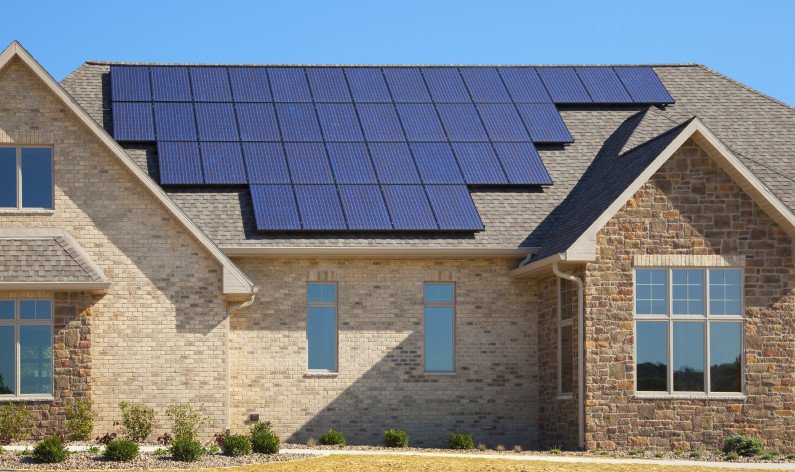
*Mission Solar Energy System
To get a better idea for what kind of return you can see from a Mission Solar panel investment, we went ahead and created a theoretical 6.1kW grid-tie, roof top solar energy system.
We used the following primary components: Mission Solar 305w MSE305SQ8T mono solar panels, Enphase IQ7-60-2-US microinverters (with accessories and monitoring), and a complete IronRidge XR100 racking system. This system was designed in a 2 x 10 portrait orientation. Below is the example diagram for this roof top array.
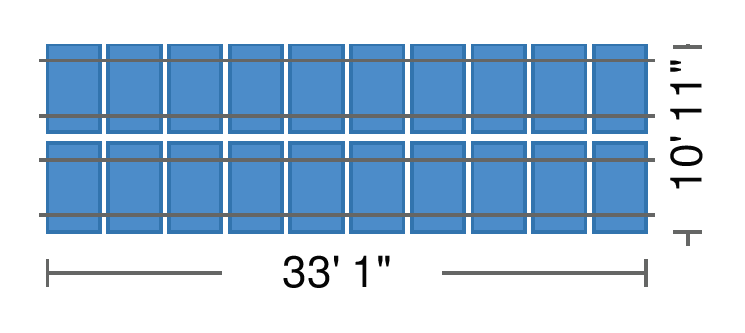
Mission Solar 6.1kW Grid-Tie Solar Power System
Here is a list of the parts for the example system:
*Prices reflective of current pricing as of the posting of this article. Click on the item image to check current pricing. Does not include potential taxes and fees which may apply. Prospective system owners will also need a permit plan.
Our 6.1kW Mission Solar panel system costs an average of $9,130.58 (before taxes or fees for some areas). This comes out to an approximate cost of $1.50 per watt for the entire Mission Solar power system.
The system should be producing approximately 8,600kWh annually. Which breaks down into 716kWh monthly. The average cost per kilowatt hour in the U.S. is about $0.12 per kWh. A typical U.S. household uses approximately 900kWh a month, this however can vary greatly from state to state.
This system will produce 716kWh per month, which would generate an average savings of $85.92 per month in electricity. For this Mission Solar Energy system to pay for itself would take 106 months, or 8.85 years.
This is a pretty good rate for a system that will generate energy for twenty five years (or perhaps longer).
Learn Here: How to size your system
Solaris Recommendations
Mission Solar is a great choice for home and business owners seeking high-efficiency American-Made solar modules. We recommend Mission Solar panels for various residential and commercial applications.
Using the example system we provided above, component (hard) costs would be approximately 9 years ROI. All electricity generated afterwards would be effective cost savings, reducing or eliminating an electric bill and simultaneously reducing carbon and green house gasses in our environment.
While their cost averages are higher than some mid-range and value based competitors, their higher efficiency rating will lead to long-term savings and high ROIs based on their increased energy production.
The efficiency rating on their solar panels is certainly impressive, especially for a standard range module manufacturer. System owners do receive a premium panel efficiency for a mid-range price (18.05% to 18.89% efficiency).
Mission Solar's 10 year/25 year warranty is the base standard for the solar industry. Which meets the requirements for a solid investment. Their final output at 25 years of 80.20% - 80.70% after degradation could be better, but is by no means insufficient.
Their standards and quality testing meet all of the criteria and exceed the IEC industry standards by three times. This means these panels are ready for the weather and elements it can bring.
Their 60 and 72 mono and poly cell designs make them versatile for a number a job sites. For roofs with limited spacing, the shorter 60 cell design should utilized to best take advantage of the space you are working with, while the 72 cell design can harness considerable energy based on their higher wattage and efficiency ratings.
In short, we were impressed by the quality standards and cost of Mission Solar panels. Their efficiency rating on modules are high, and they carry a standard warranty. When comparing modules for your next project, be sure to consider Mission Solar panels that we carry.
Read More: Canadian Solar vs. Hanwha Q Cells: Most Value?


